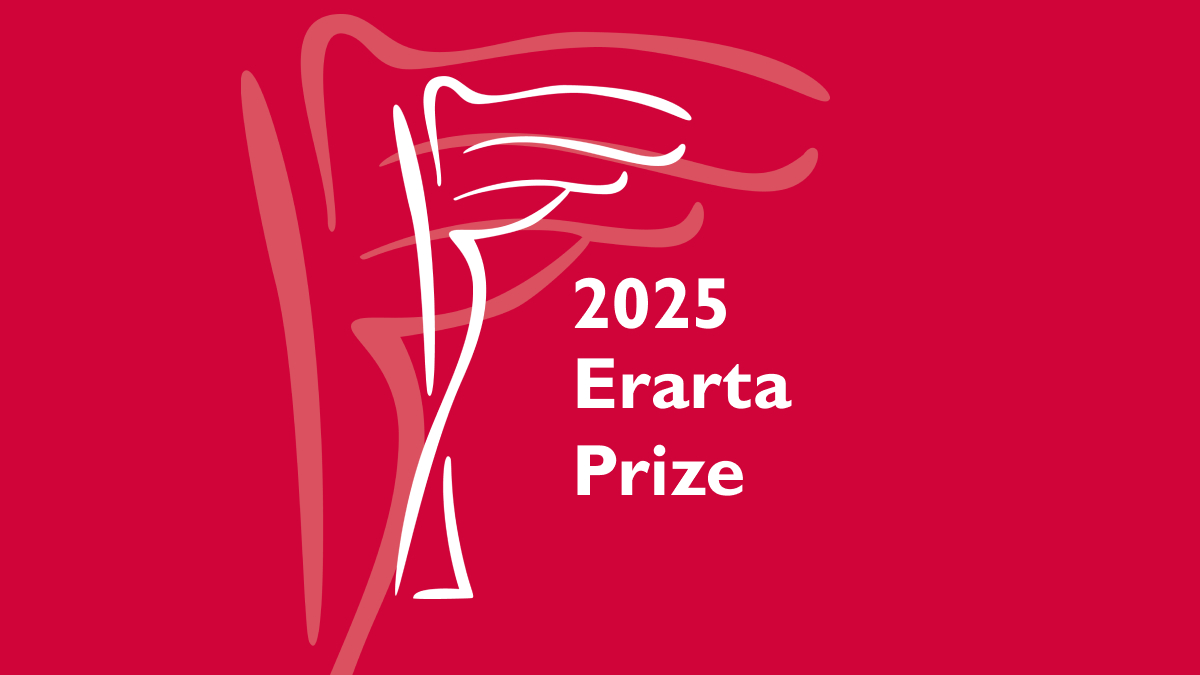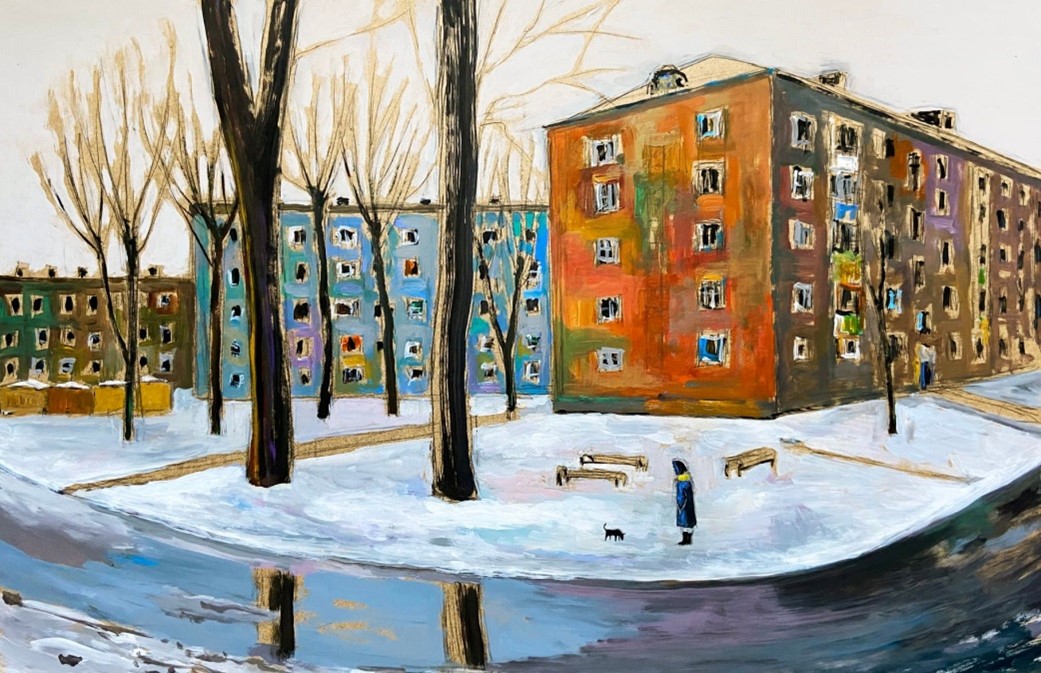Erarta Museum offers to have a look into the abandoned mansions, hotels and factories of St. Petersburg at the exhibition “The Time Capsule” by Andrey Strelnikov
-
Images of abandoned monuments and decaying buildings
-
The romance of decline
-
Transformation of fragments of industrial architecture into compositionally verified pictures
When we were kids we used to love “discovering” cluttered yards, empty houses, abandoned factories and hotels. This feeling is not strange to the grown-up city dwellers, which romanticize the ruins and find attractive the atmosphere of decline. Along with the roofers, they have formed the international movement of “urban explorers”. The routes of these romanticists are often dangerous. But sensibility to time and history, and possibility to touch the past, tune them for a special perception of reality. The urban explorers are not interested in smooth and polished surfaces of modern buildings; they are thrilled about the cracked stucco, dusty windows, falling ceilings and crashing arches.
There has long been an isomorphism between nature, architecture and human body. The columns show trunks of trees, and the phantom atlantes and caryatids form architectural ensembles all around the world. This was masterfully used by the Dutch anatomical theater in the 16th and 17th centuries: for greater effect the places of postmortem examination were often fenced with parts of capitals and columns. Thus, the audience witnessed the ruining of both the body and the architecture. The experience of destruction of a once beautiful building resulted in anxiety about the frailty of one's own life and death.
At the beginning of the XX century Georg Simmel, defined a very accurate and relevant vision of modern urban explorers: “Nature has transformed the work of art into material for her own expression, as she had previously served as material for art”.
Peering at a decaying building, we plunge into the past that could have occurred, and into the future that will never happen. Admiration of destruction is not only a mental, but also a sensual experience. The abandoned buildings astonish with distortion of the familiar harmonious material world. The obsession of modern urban explorers about the ruined buildings has something in common with the baroque meditation on vanity of vanities, romantic mourning for the lost integrity of the past, and longing for a possible future that will not happen.
The show features photographs of the abandoned buildings of St. Petersburg, taken by a historian, and a member of the Russian Geographical Society, Andrey Strelnikov. He aims to catch a fleeting moment and show the overall state and atmosphere of an abandoned place. The author skillfully transforms fragments of industrial architecture into compositionally verified pictures. Andrey evaluates the factory space for lines, color and light spots, and geometric figures.
The Time Capsule reveals interiors of buildings that we most likely have been passing by for many years: Igel’s mansion, the Demidovs’ manor, Baron Stieglitz’s mansion, the Russian Bank for Foreign Trade and other buildings in St. Petersburg, as well as less known landscapes of Hogland Island in the Gulf of Finland.


















